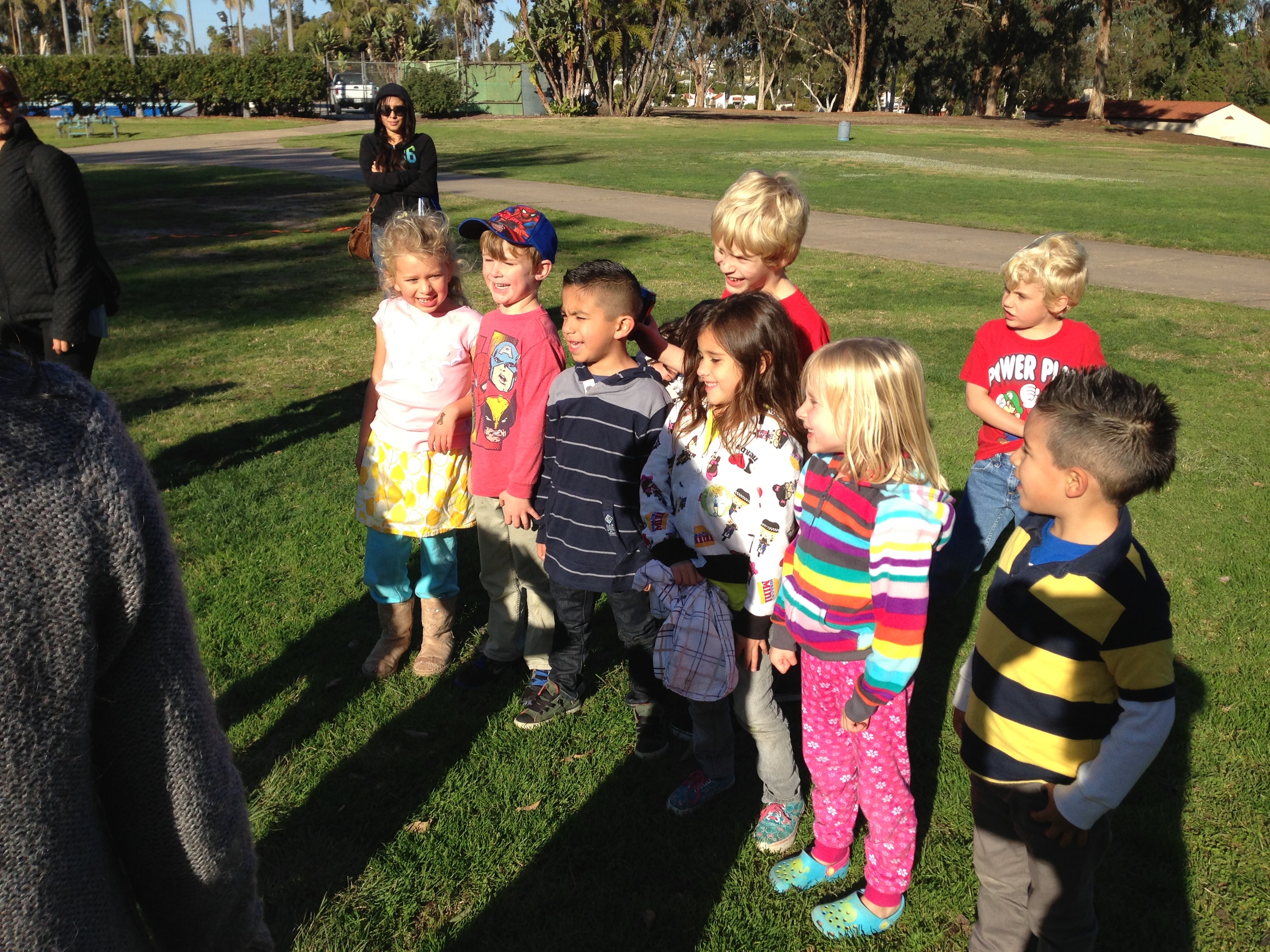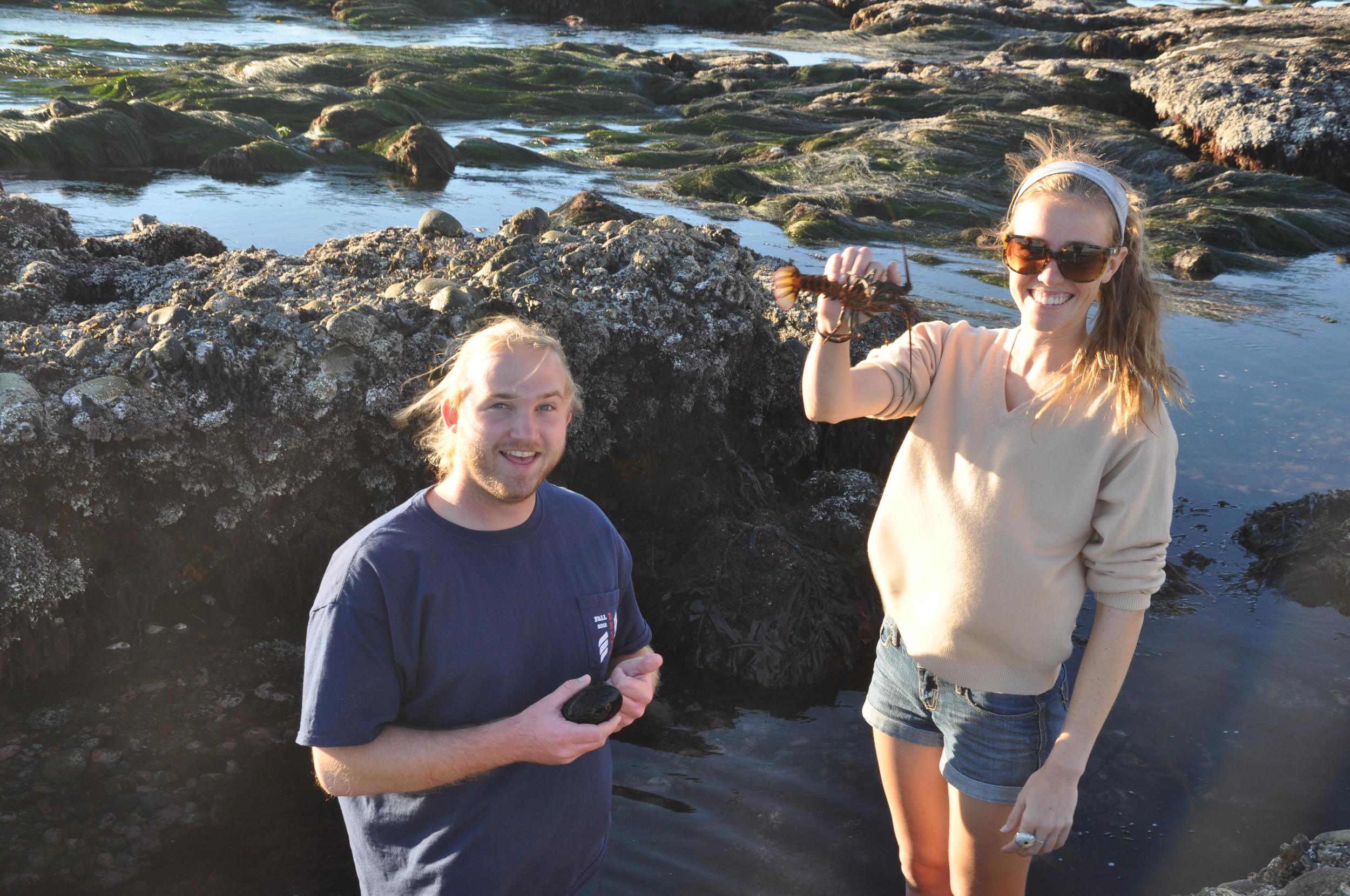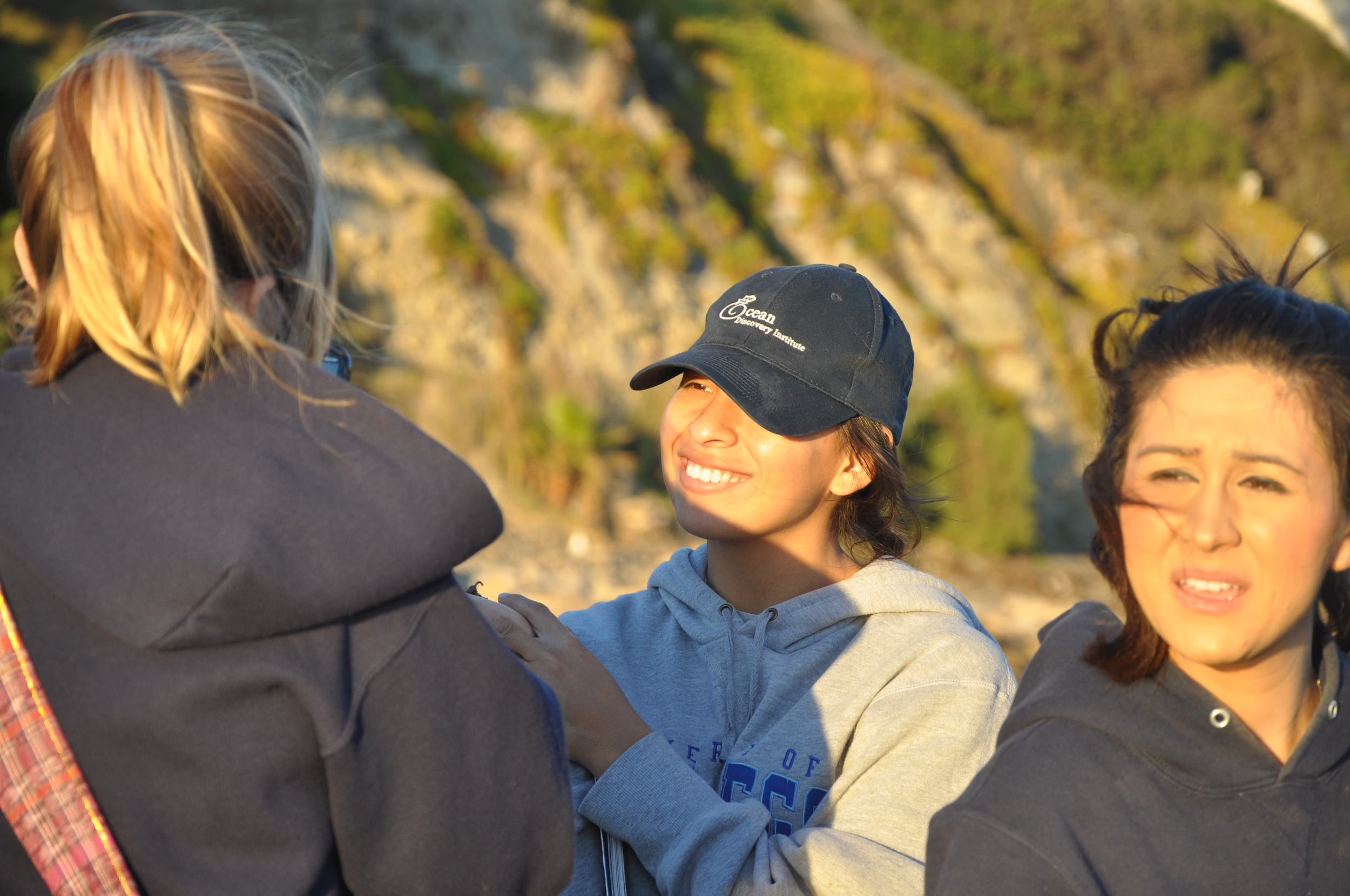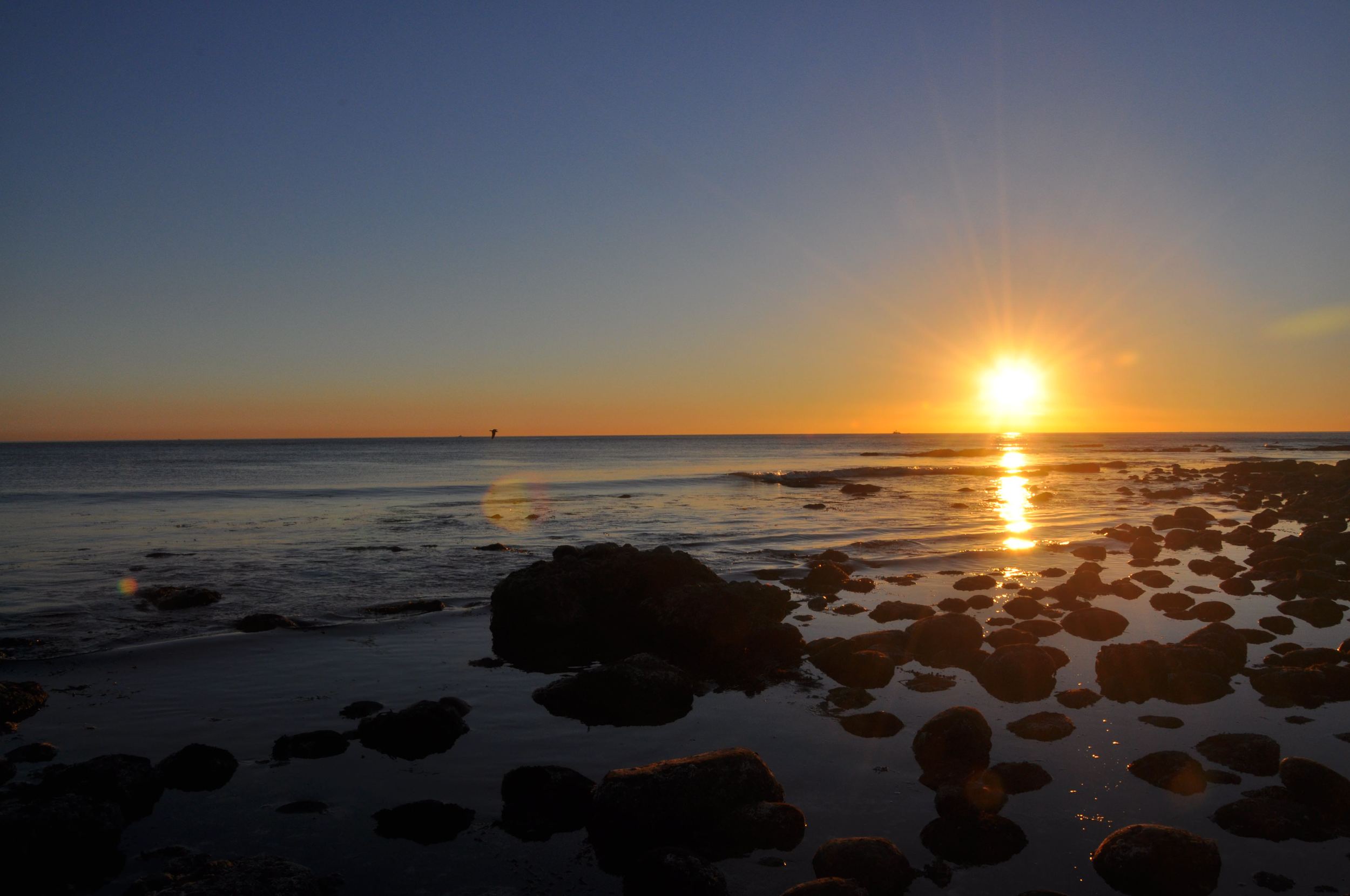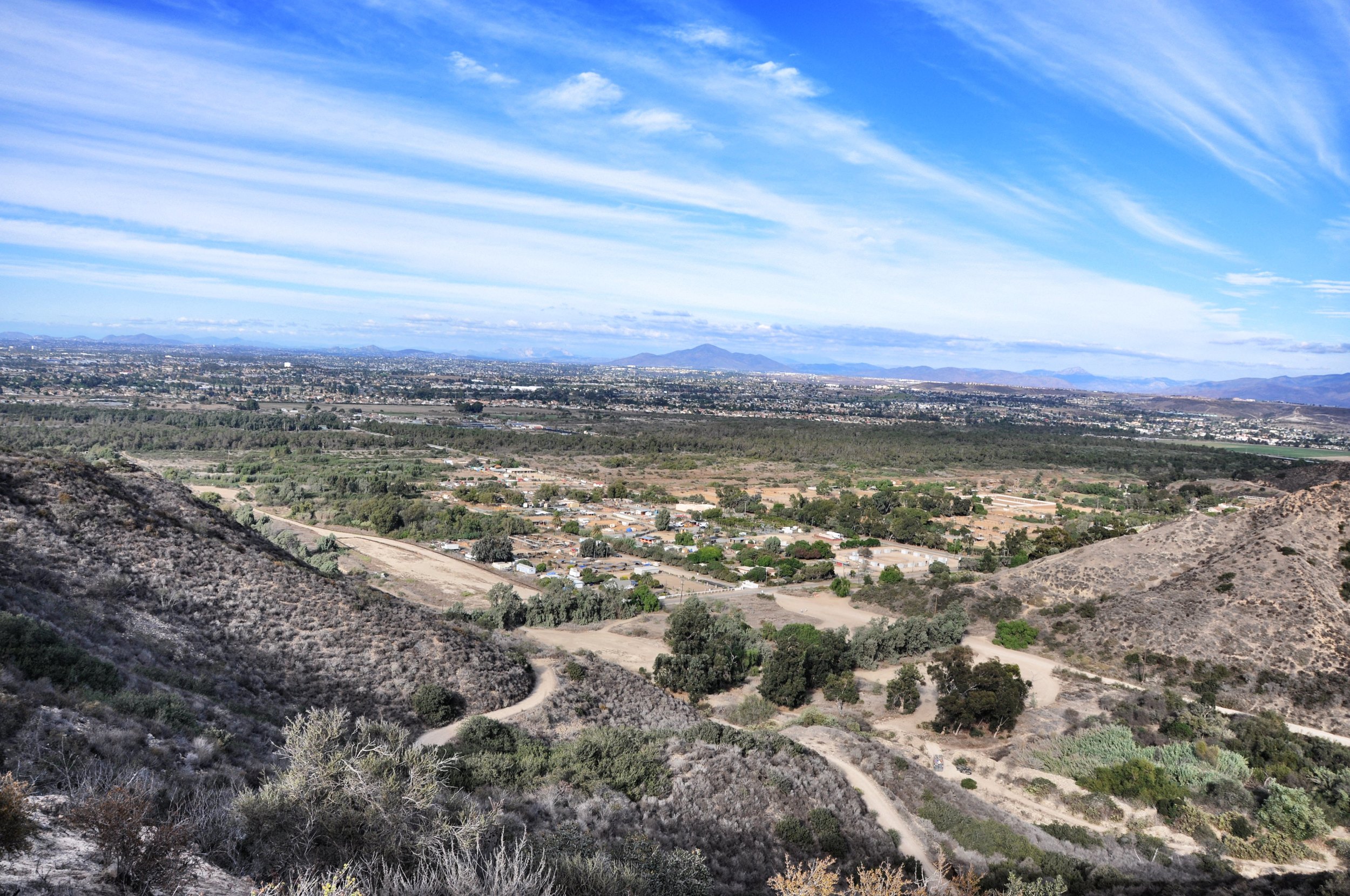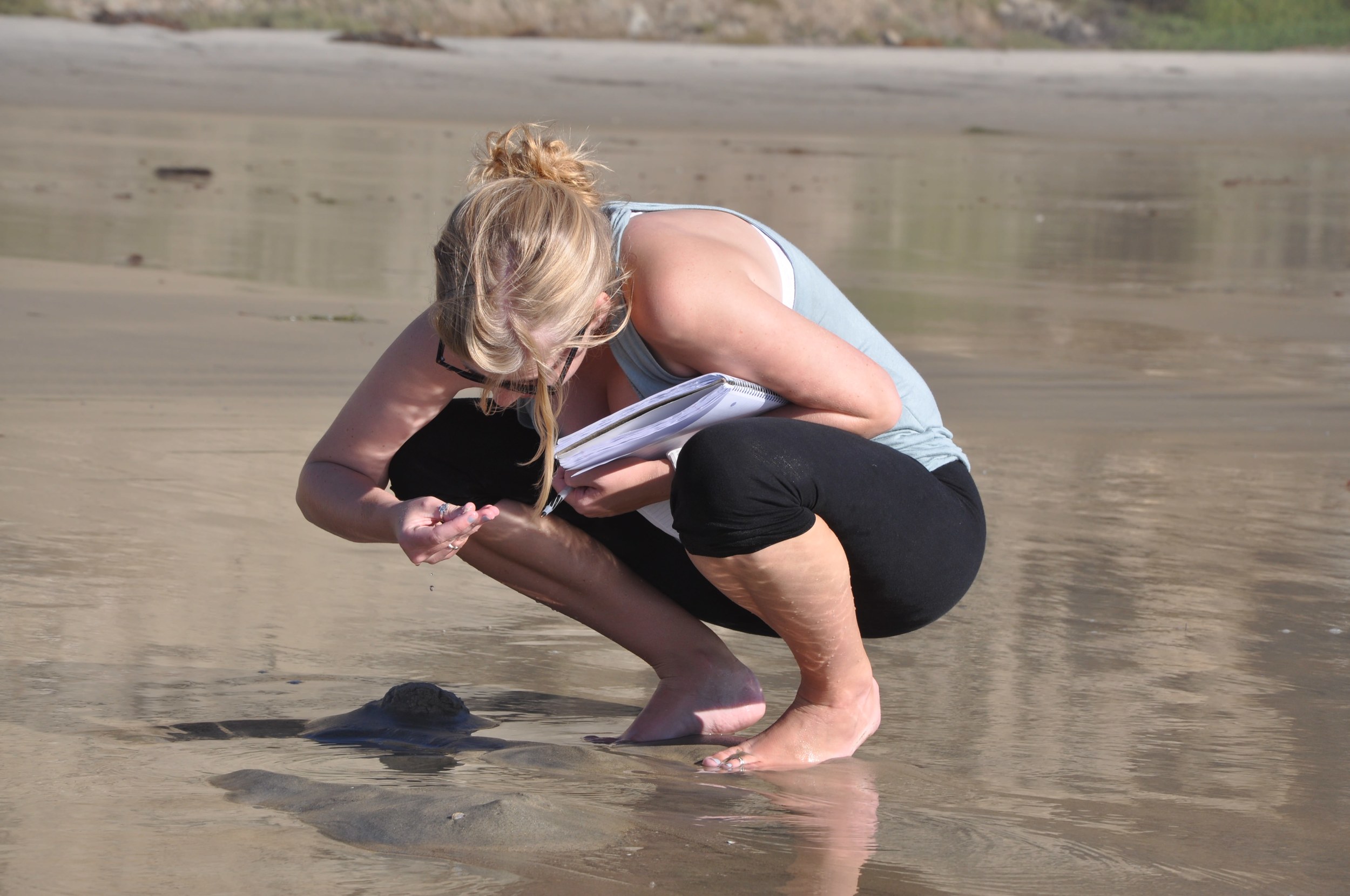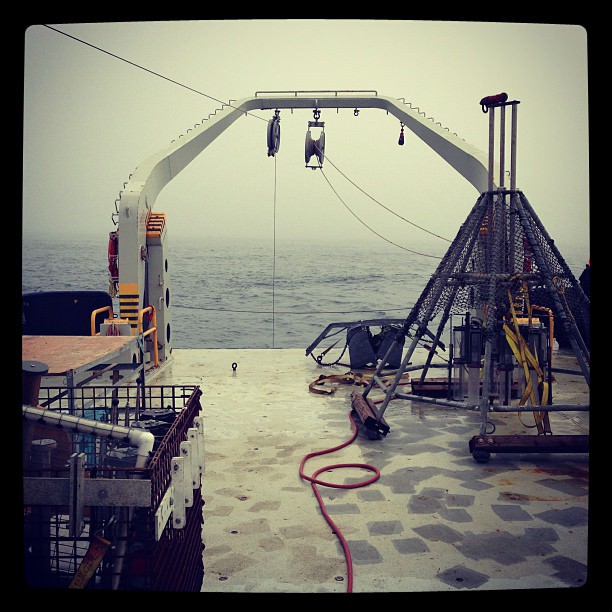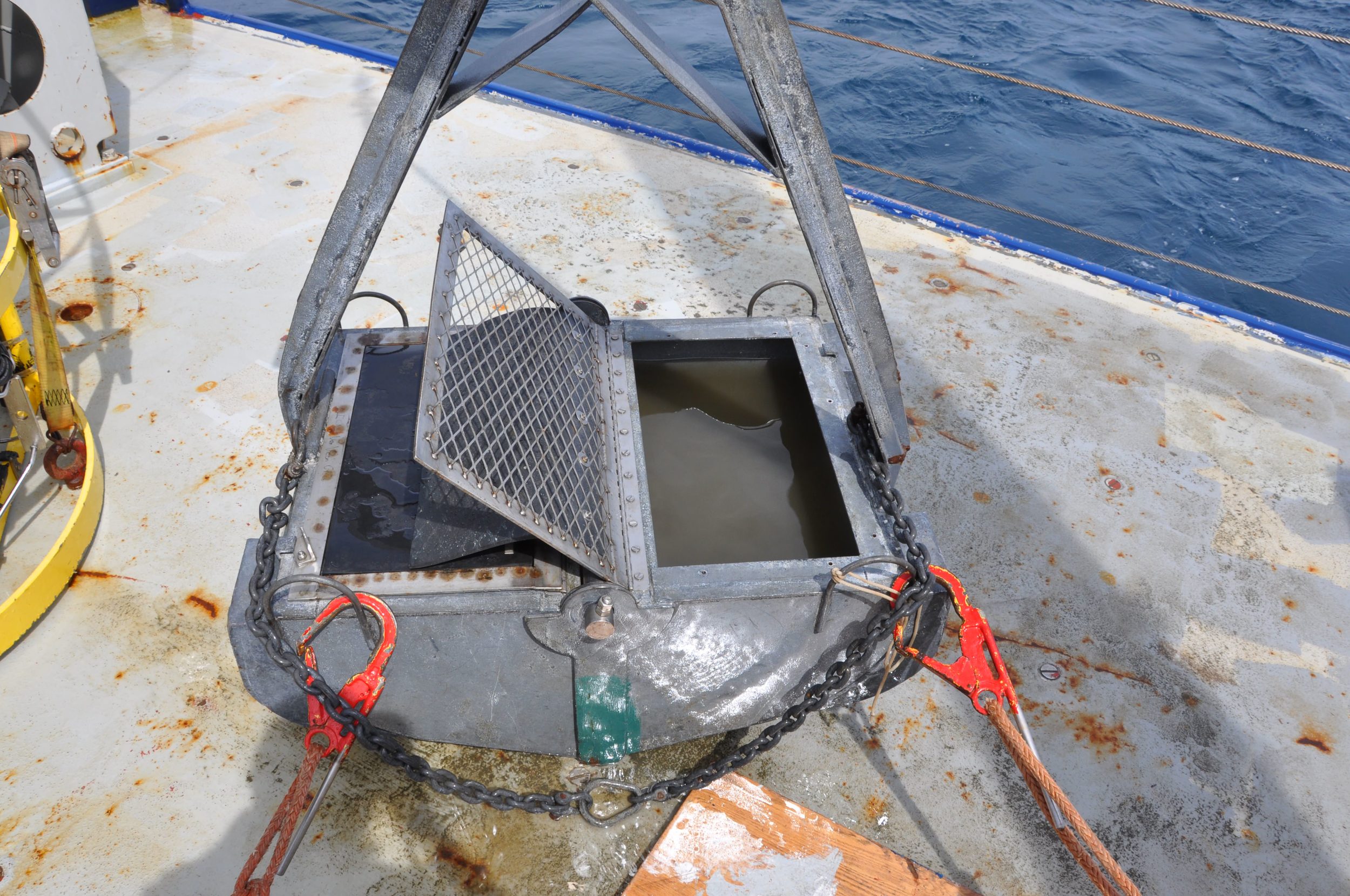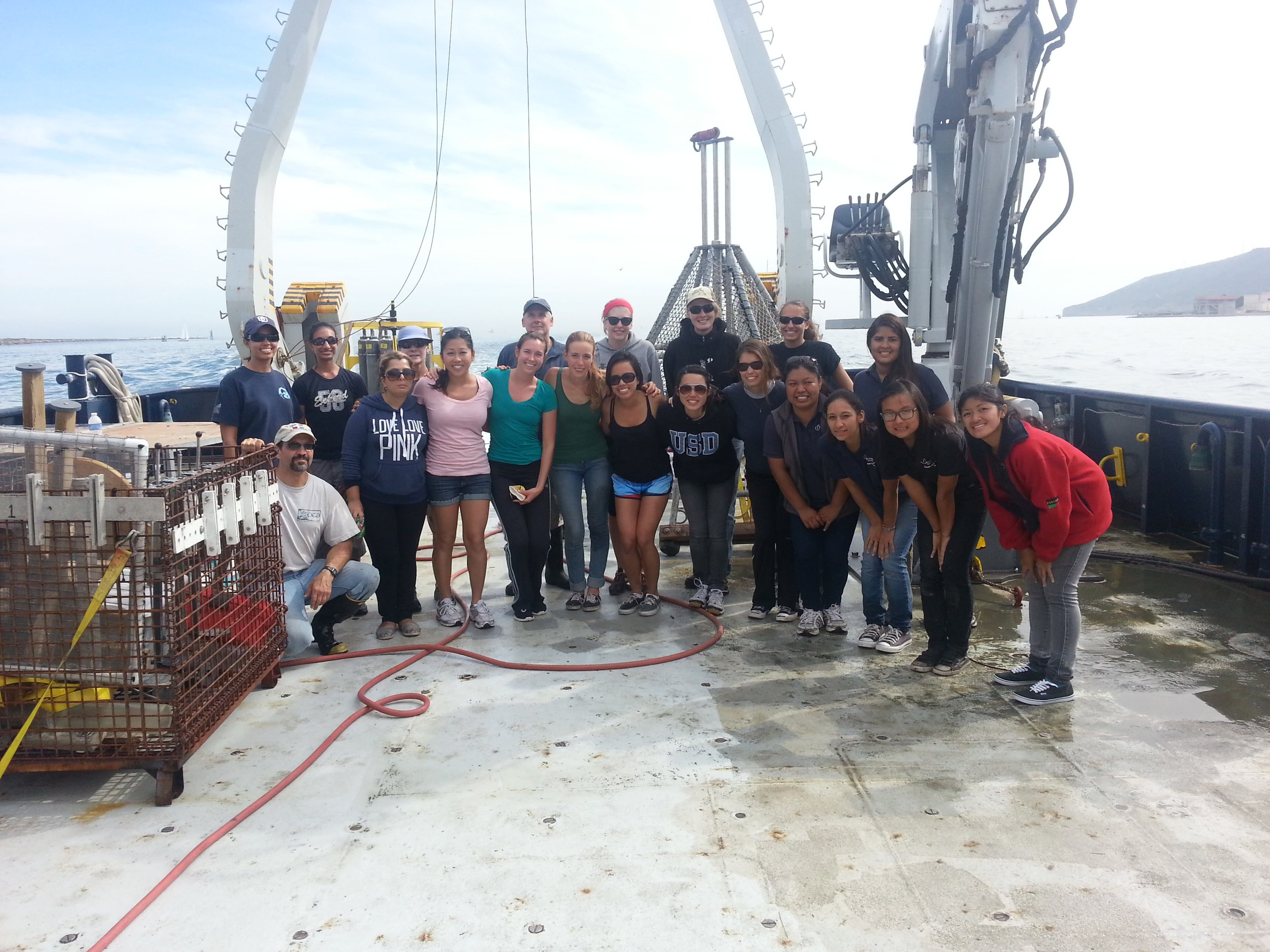I am fortunate to have some phenomenal people and some fascinating research going on in my lab this summer. My students are at all stages of their academic careers - from Danielle C., who is at the "analysis and writing" stage of her thesis on spatial subsidies at the land-sea interface, to Sergio, a rising high school scholar who will be working with me on figuring out more about Fundulus parvipinnis, and all levels in between - Anai, working with the other (smarter) Dr. Talley, Theresa, looking at current bivalve populations compared to historical datasets; Liz, a brand new NSF GRF who is just scoping out her research this summer; Becky, immersed in juggling data entry and a full time job as she works towards finishing her thesis; Larisa, a University of New Mexico undergrad on a MARC fellowship, studying surface nutrients in relation to island locations and bird use in Bahía de los Angeles; and a couple of University of San Diego Undergrads, Alex, studying the distribution of an invasive clam in Mission Bay, and Polly, who will be working with Smithsonian Environmental Research Center scientists on their fouling community surveys based out of my lab this summer.
So, it promises to be a hectic, amazing summer - more info on all of these projects as we go forward!












